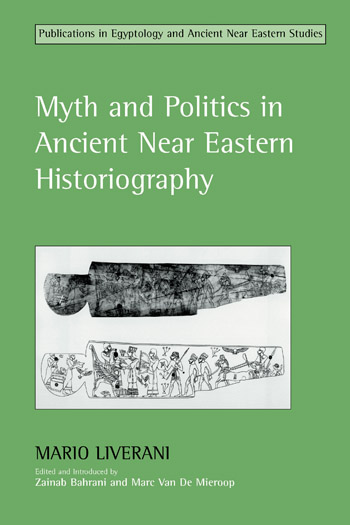War, Peace and Resilience in the Ancient World Narratives
Marinella Ceravolo [+–]
Sapienza University, Rome
Rome and is a specialist in the ancient Near East. During her research activities in Italy and abroad, she has dealt with topics related to Mesopotamian myths and rituals, often making use of assumptions derived from cognitive linguistics and the philosophy of language. She is currently a postdoc and the coordinator of project The Exhibition of Peace Over Time at the Sapienza University of Rome. Her publications include L’historiola nella Mesopotamia antica. Mito, rito e performatività (Bulzoni, 2022).
Throughout their history, all cultures of the ancient world have experienced periods of war and peace, demonstrating great resilience in overcoming long battles or in restoring the social order destroyed by the conflicts. Since man is a homo narrans and narration is one of the main means he uses to organise the reality in which he lives, even war and peace have been explained and made intelligible through processes of narration.
Taking into account that religion is as well subjected to continuous narrative processes, this book investigates how and to what extent religious elements were used to narrate peace and war in various cultures of the ancient world. In particular, the different essays reflect on: the role assigned to specific extra-human agents in the outbreak of wars or in the stipulation of peace pacts; the reuse of known mythical motifs to explicate, justify, or establish war and peace; the narration of the relationships between political and military leaders with religious practitioners and extra-human agents; the creation ad hoc of new narratives featuring extra-human agents as main characters of war and peace.
Series: Religions and Peace Studies
Table of Contents
Chapter 1
Chapter 2
Chapter 3
Chapter 4
Rome and is a specialist in the ancient Near East. During her research activities in Italy and abroad, she has dealt with topics related to Mesopotamian myths and rituals, often making use of assumptions derived from cognitive linguistics and the philosophy of language. She is currently a postdoc and the coordinator of project The Exhibition of Peace Over Time at the Sapienza University of Rome. Her publications include L’historiola nella Mesopotamia antica. Mito, rito e performatività (Bulzoni, 2022).
Chapter 5
Chapter 6
Chapter 7
Chapter 8
Chapter 9
Chapter 10
Chapter 11
Chapter 12







